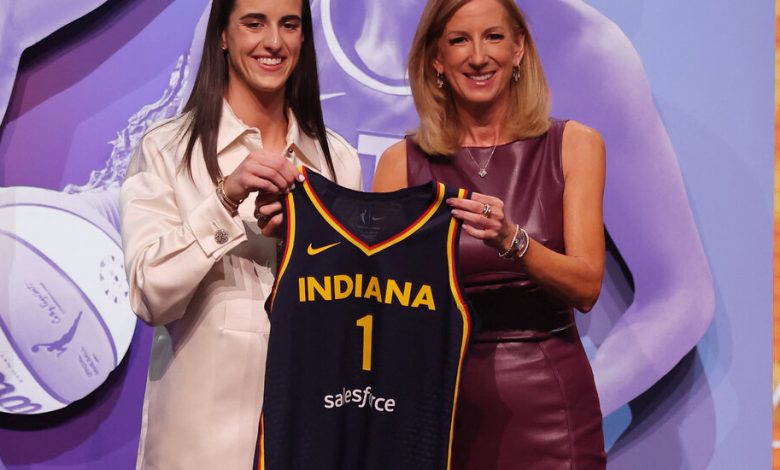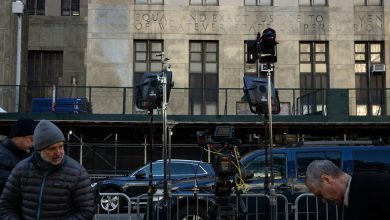Can the W.N.B.A. Make Money?

After the Indiana Fever made Caitlin Clark the W.N.B.A.’s No. 1 draft pick this week, the team’s ticket prices soared. The basketball star’s long-distance shots and huge following have landed her on “Saturday Night Live,” attracted interest from sponsors like Nike and sold out jerseys at a rapid pace.
In exchange for Clark’s once-in-a-generation talent, the W.N.B.A. will pay her … $76,535.
News of the paltry first-year salary has ignited a countrywide debate that even President Biden weighed in on, commenting that “even if you’re the best, women are not paid their fair share.”
It also highlighted a hard truth that largely goes unspoken about the W.N.B.A. and many women’s sports leagues: They aren’t profitable.
The simplest reason the W.N.B.A. isn’t paying Clark more is that the league brings in just $200 million annually and relies on the N.B.A. for some of its funding. The N.B.A., by contrast, brings in about $10 billion.
When the N.B.A. and its commissioner at the time, David Stern, founded the W.N.B.A. in 1996, return on their investment wasn’t their immediate focus. As Stern later recounted, he wanted “to develop new fans, more programming, have arena content outside the N.B.A. season, give more girls an incentive to play basketball.”
And, he added, “we knew it was going to be a long haul.”
Indeed, many argue that the W.N.B.A. simply needs more time: The N.B.A. had a 50-year head start, and stars like Larry Bird, Magic Johnson and Michael Jordan helped lift it up in the 1980s and ’90s.



